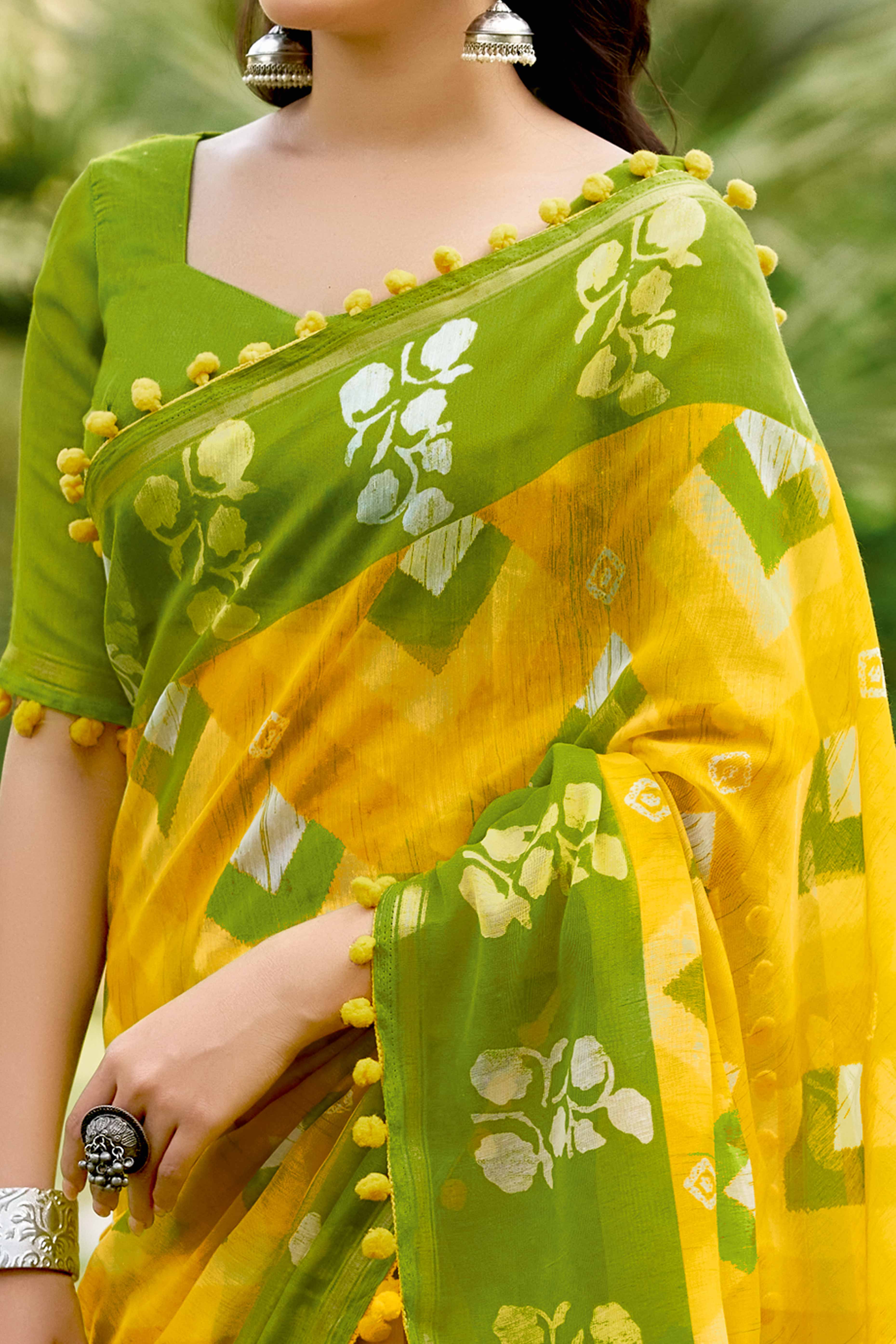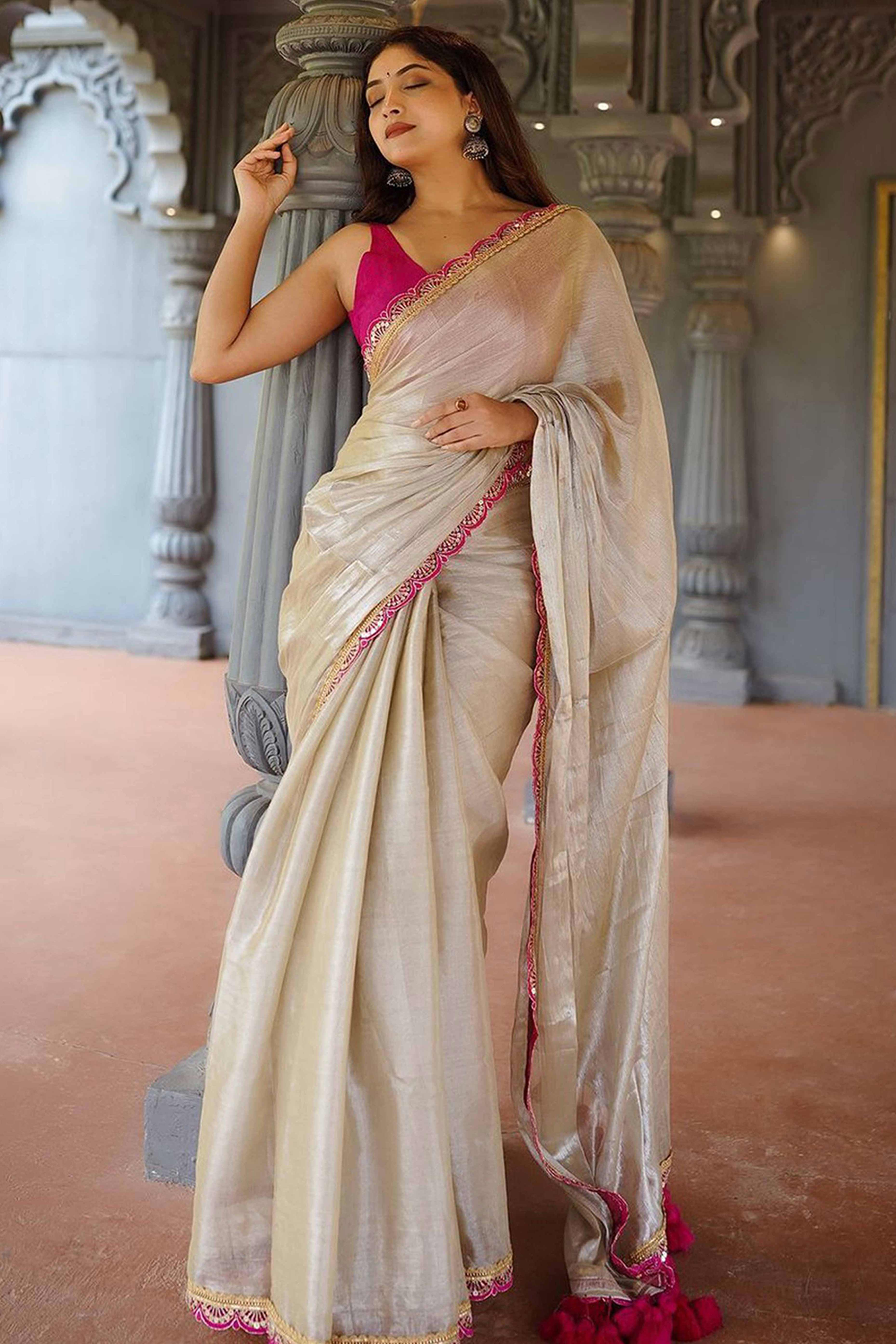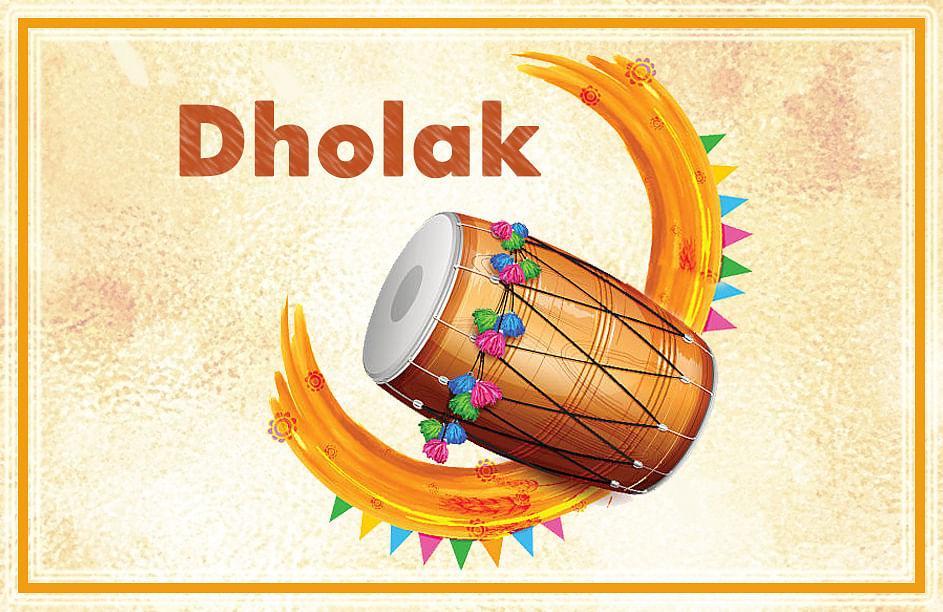In the Indian culture, the daughter is believed to be a form of goddess Laxmi. Even when she gets married and goes to her husband’s house, she is considered to be the bearer of good luck and prosperity.
Getting the daughter married holds an immense sentimental value for her parents. The whole ritual of Kanyadaan is deemed very holy.
The ritual of Kanyadaan is performed by the father of the bride wherein he hands over his daughter’s hand in the hand of the groom and the groom promises to keep the bride happy for the length of his life and look after her happiness and well-being.

Origin
Oddly enough, the concept of Kanyadaan has no mention whatsoever in our Vedic scriptures. In fact, the Vedic age held the independence and consent of a woman at supremacy. A woman’s consent for her marriage was most and the only deciding factor.
However, with the passing of times, this gradually became a forgotten feature and somewhere the approval of other family memebers came into picture for getting the woman married.
The society began to follow Manu Smriti which deems kanyadaan as the greatest achievement and asset of a father.
The Purest of Rituals
The bride and the groom are considered incarnations of Lord Vishnu and Goddess Lakshmi and performing the ceremony to unify them is considered extremely pious and sacred.
It also is considered to be an act of extreme virtue by the father to perform kanyadaan. According to our Hindu beliefs, if the father performs kanyadaan of his daughter, it brings immense happiness and prosperity in the life of his daughter and she is blessed with a blissful marital life.

Giving their daughter away in marriage is not only a very emotional moment for her parents, it also has high religious significance in our culture.
Performing the Ritual
The Kanyadaan ritual is performed at the mandap after the varmala (exchange of garlands) kanyadaan is a Sanskrit word which translates into ‘giving away the bride’. The father of the bride puts his daughter’s right hand on the groom’s right hand. This ritual gives both the approval of the father and his acceptance of the groom.
The bride and the groom sit beside each other in the mandap with the havan kund agini bearing witness to the unison. The joining of the hands of the bride and the groom is known as hastemilap. Their hands are joined by sacred thread, or a piece of red cloth, betel leaves, betel nuts, and flowers are placed on top and after this the mother of the bride pours water on to the palm of her husband’s hands, allowing it to flow through his fingers onto his daughters hand and ultimately to the groom’s hand as well. All through the ritual, chants are recited by the priest.

The father too has to recite the name of his gotra while performing the ritual and the groom repeats the mantras as directed by the priest.
In most Indian communities, the parents of the bride observe a fast before performing this ritual.
While most of the ceremonies and rituals of an Indian wedding are usually accompanied with fun moments, this ritual of kanyadaan is attached with great emotional quotient for the bride’s family, especially her father. There is no deed this priceless as giving their loved, adored daughter to someone and trusting him with their most precious gift’s, their daughter’s happiness!






















